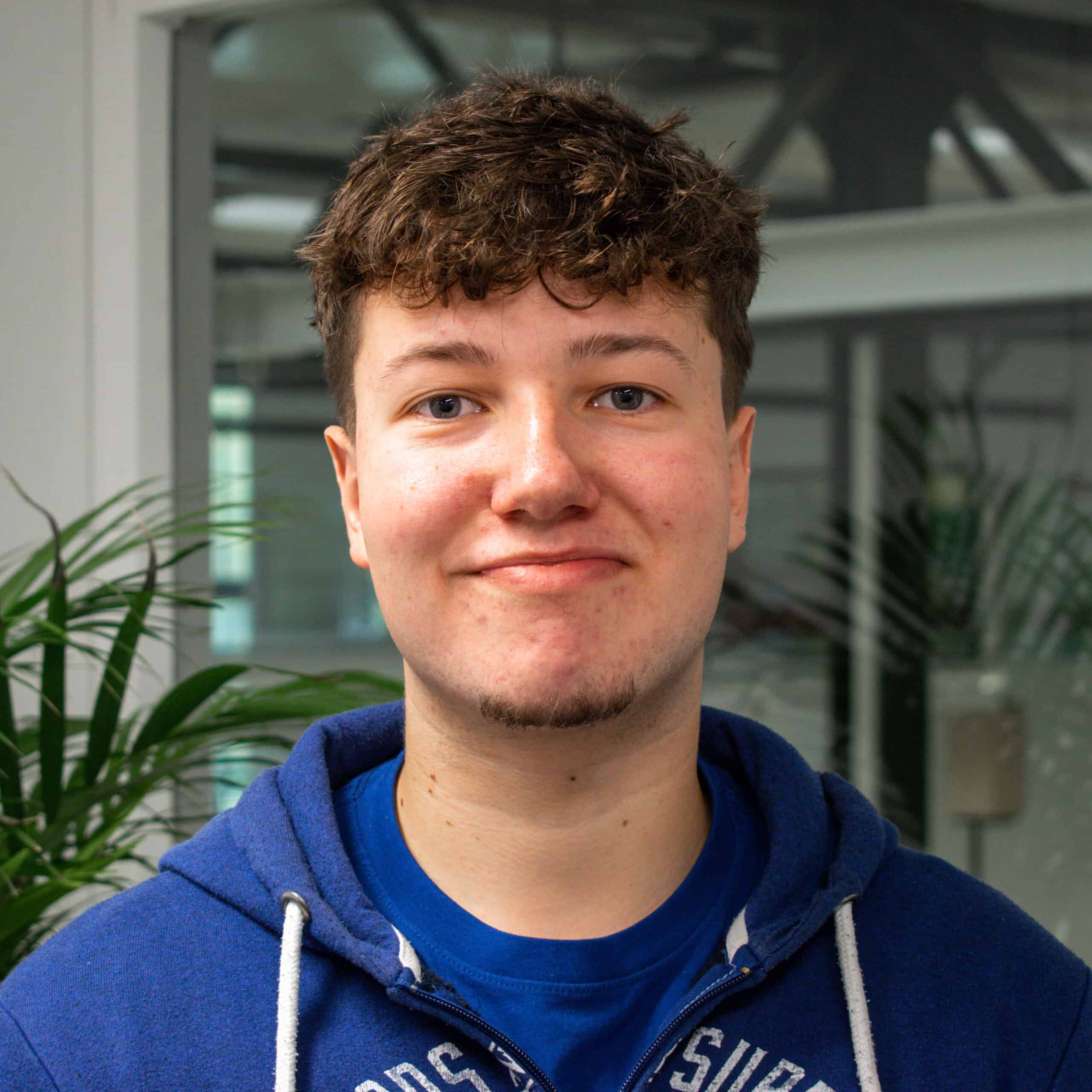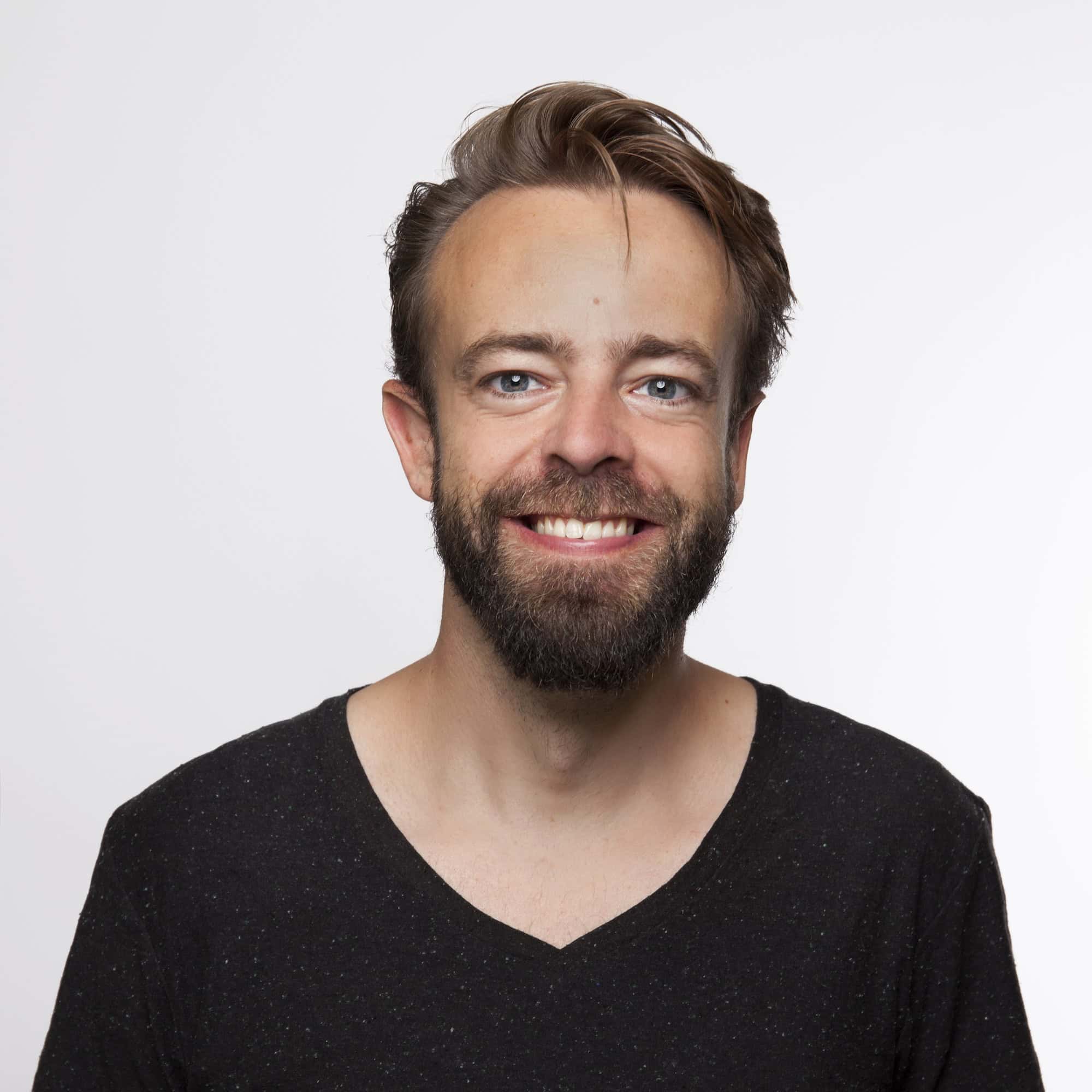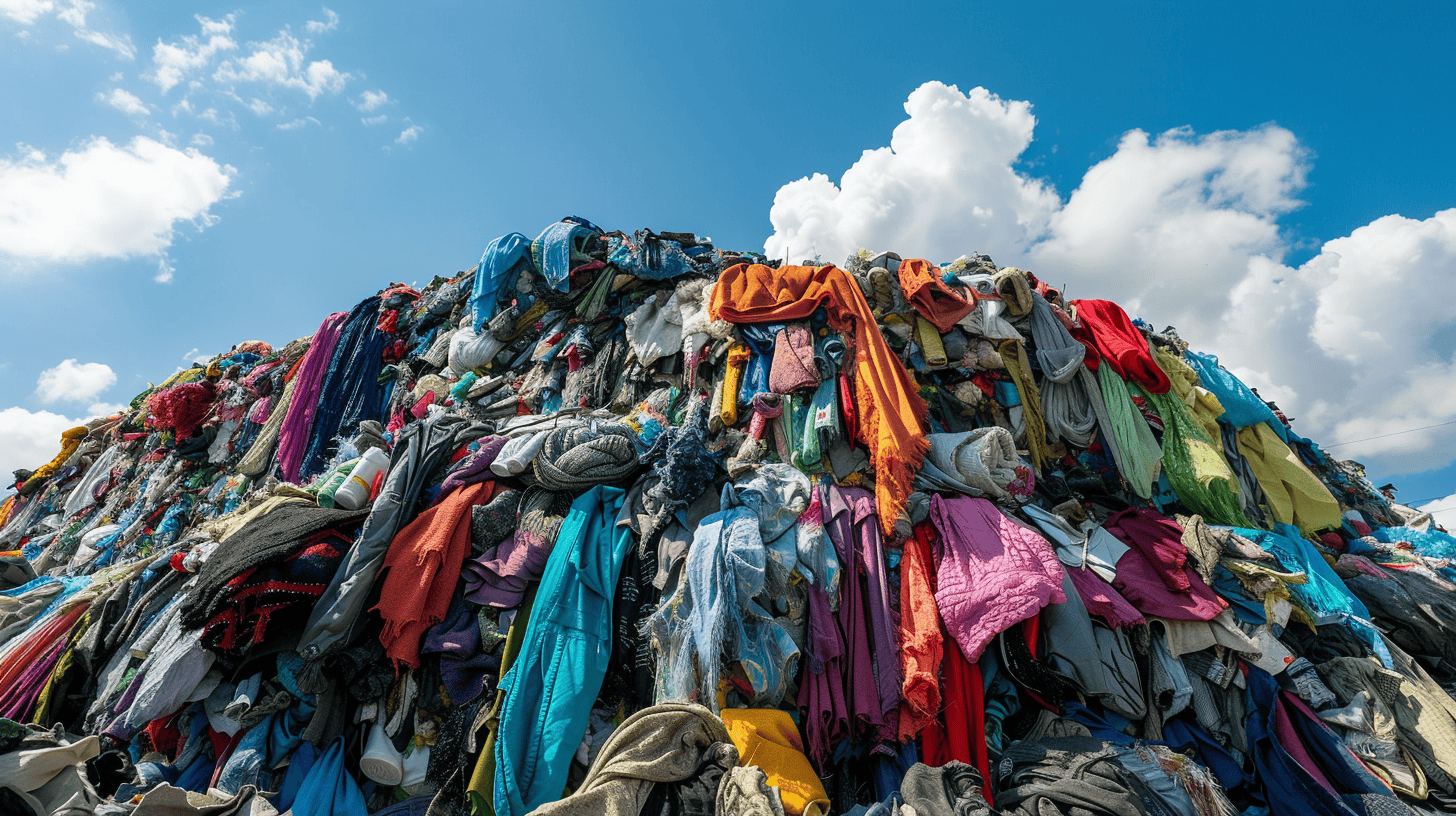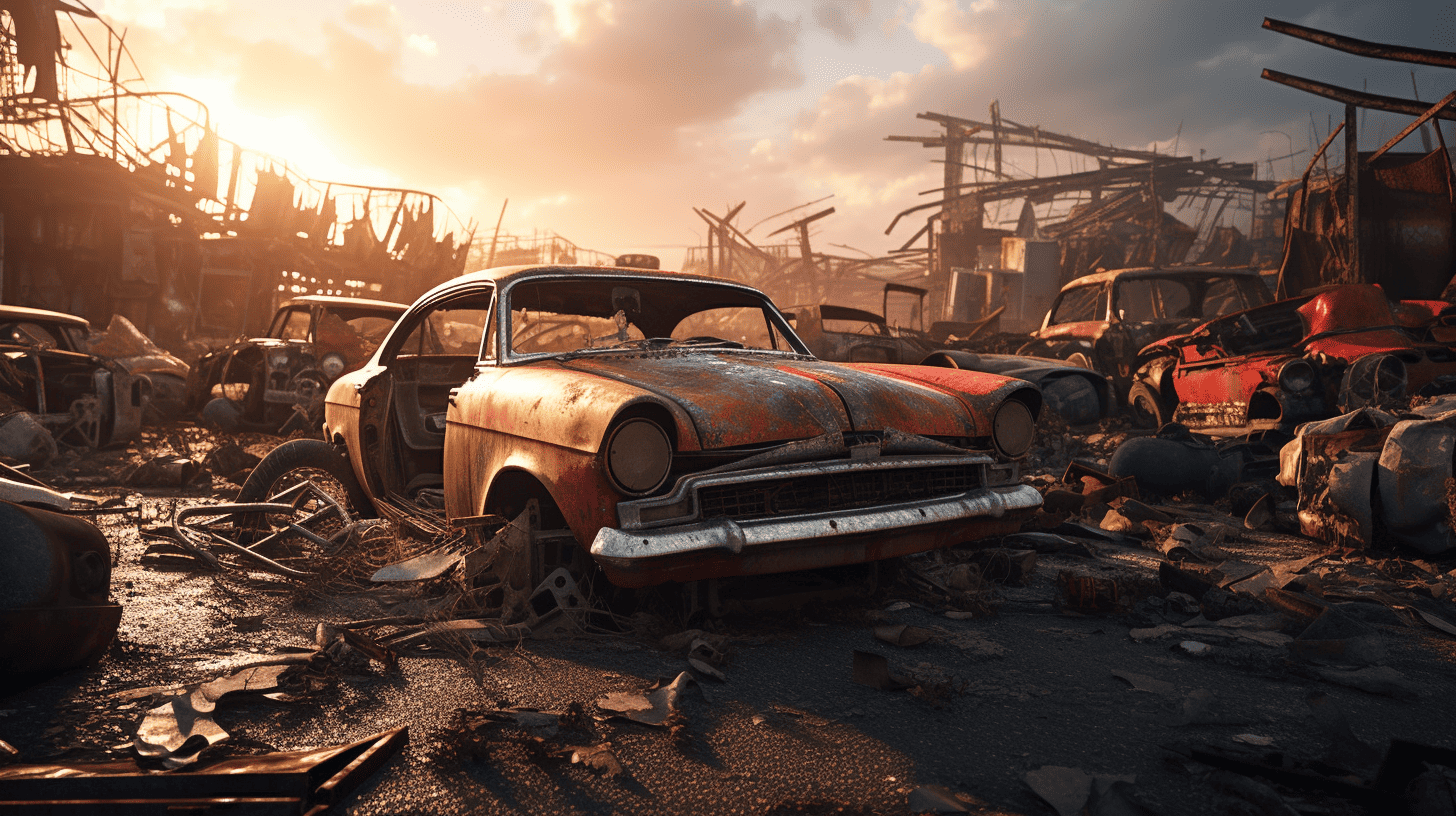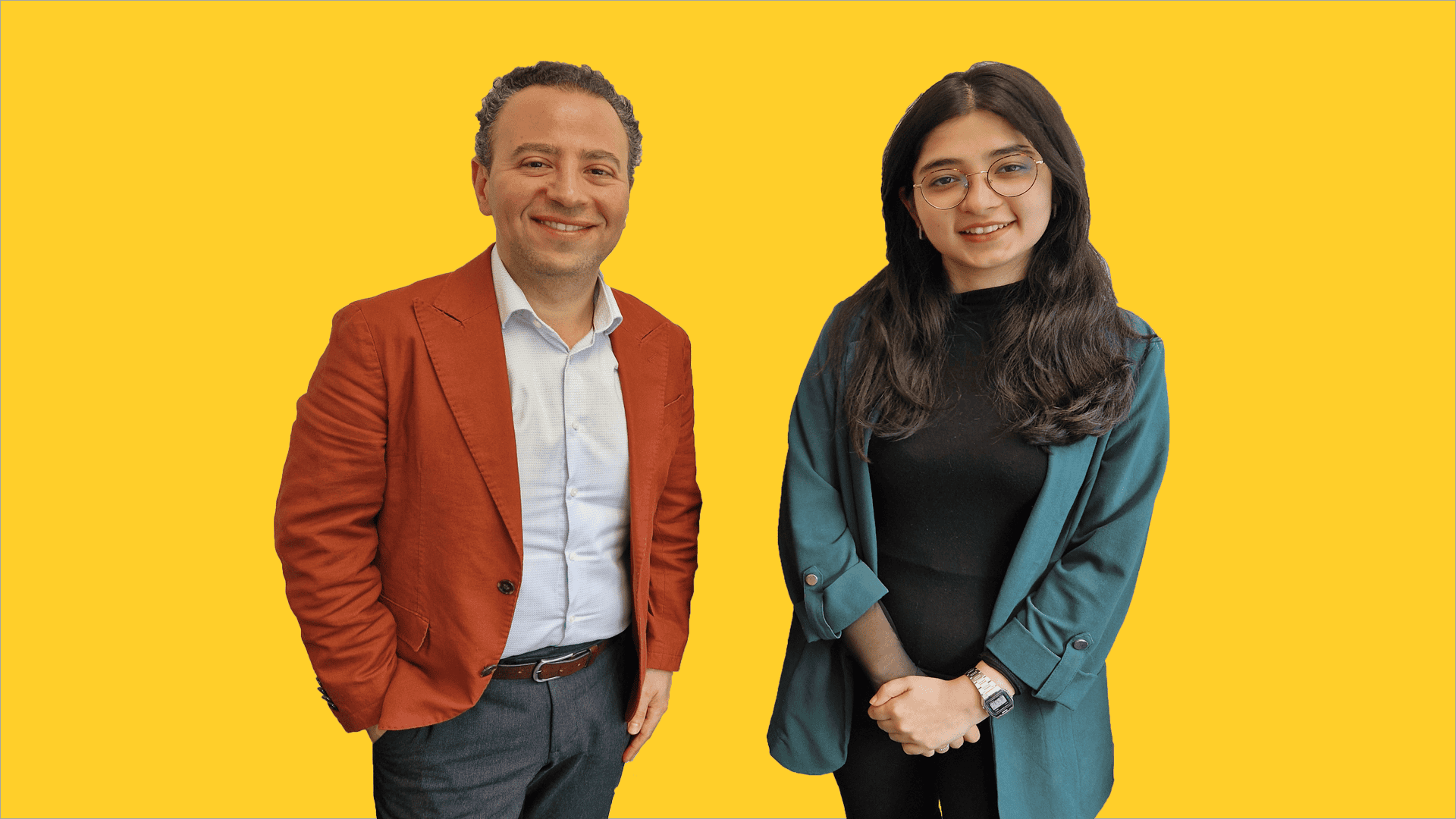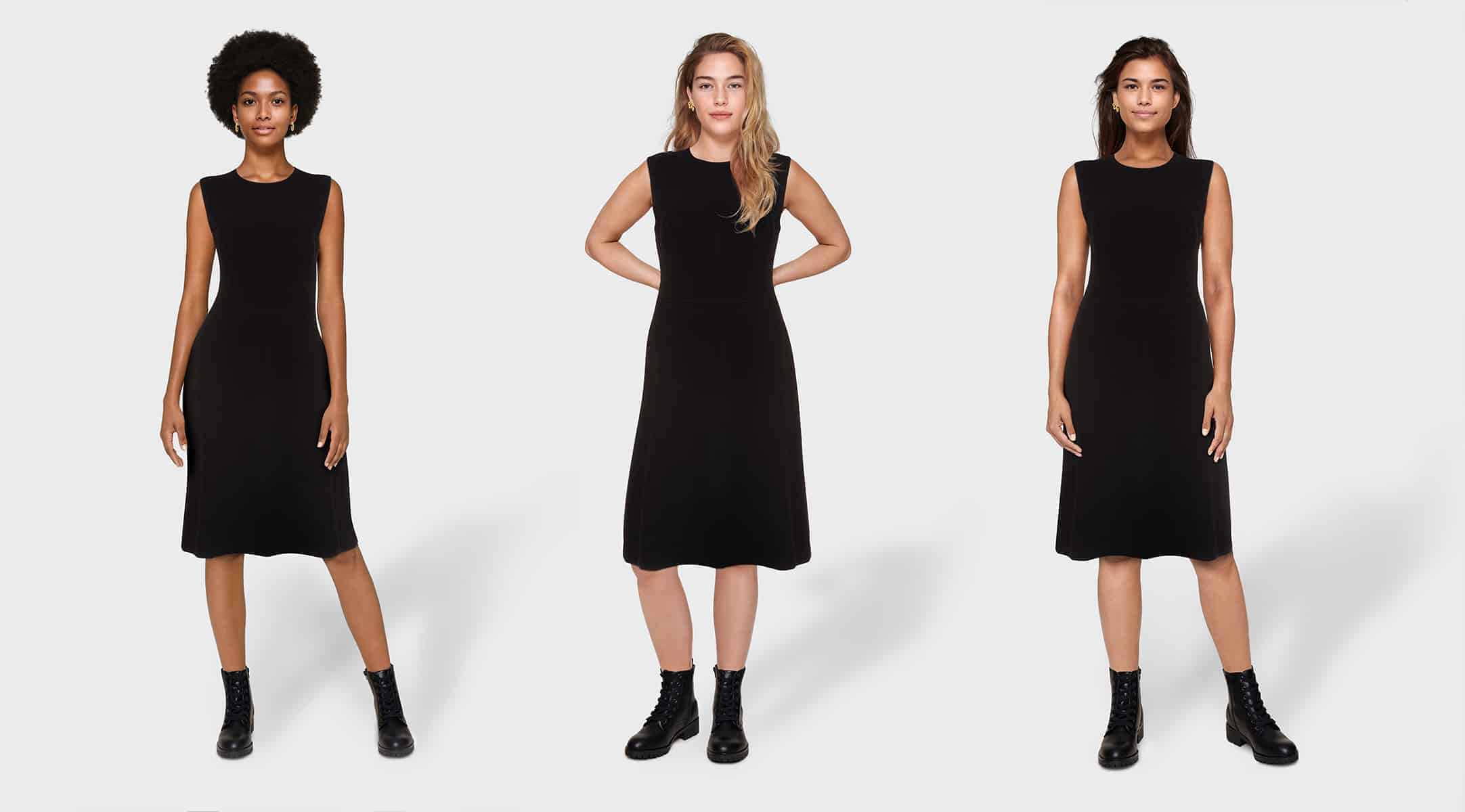
About Lalaland AI
- Founders: Michael Musandu & Ugnius Rimsa
- Founded in: 2019
- Employees: Between 25 and 45 ( no exact number can be given due to recruitment efforts)
- Money raised: 2.5 million euros (funding)
- Ultimate goal: Making online shopping more enjoyable and helping businesses become more diverse, inclusive and sustainable
You can see much better if a piece of clothing fits you when you use a fashion avatar from Lalaland. Consequently, people are also sending back far less items that they purchase online, according to Ugnius Rimsa and Michael Musandu, the founders of Lalaland. “At Wehkamp, for example, we have seen the number of returns plummet dramatically since customers started using our technology. The ecological impact of this is huge,” says co-founder Michael Musandu in this instalment of start-up of the day.
How did you come up with the idea?
“We initially set up the company in 2019. My co-founder Ugnius Rimsa and I had worked together before and had also set up several other projects. So, I saw in him the perfect business partner to develop this concept even further. His background in data science, combined with my background in AI engineering, proved to be a good match.”
What problem are you solving?
“In online fashion stores, black models were very much underrepresented. I never saw any mannequins that looked like me. So, on the one hand, it is also based on personal experience. On the other hand, we saw that it’s really difficult to choose clothes that are right for you based on Internet models anyway. For that, my co-founder managed to find a technical solution: an avatar. With this virtual twin of an online shopper, the chance of finding something that fits has greatly increased.”

“With the help of artificial intelligence (AI), we generate models that clothing brands can use to display their collections. Using a model that looks very similar to yourself.”
How are you conquering the fashion industry?
“We help fashion houses offer their customers this kind of avatar with our software. You can create one on our website in just a few minutes. And you can configure various preferences: from body type, build and ethnicity to details like hair style and how a model poses. Then you upload the clothes the avatar is to wear.
It’s all about inclusivity as well as speed and convenience. After all, fashion brands now don’t have to stage photo shoots. Hiring models, photographers and make-up artists is no longer necessary. Instead of a full photo shoot, you can digitalize that entire process and do it in just a few minutes. That way, you save a lot of time and money as a fashion company.”


How do you make the avatar realistic?
“Our system creates hyper-realistic photos. You can’t actually tell anymore if it’s a live model or an avatar that we have created. You can see a slideshow with a few examples of generated models on our website.”
So fashion brands no longer need to hire models for photo shoots now?
“Not in principle, no. However, we do see our solution being used as an addition to modeling that already takes place. For example, we don’t make videos, which means that ‘real’ models are still needed to shoot campaigns with. For example, photo shoots on a beach or another special environment like that. This is why I think modeling will never become fully automated, because fashion agencies always want models who have lots of social influence. These models are mostly hired to promote certain brands and products. Take for example Kylie Jenner or Madison Bear, who have to wear certain garments so that people will later say:”Look, I want the same dress that Kylie is wearing there,” or something like it.”
We take it from there. Consumers are interested in a piece of clothing that they have seen elsewhere. We are there to help the brand and support the consumer in their choice of a particular article of clothing. We want to show them how the item looks on their body type, and not on the body of a top model like Kylie.”

What kind of feedback are you getting from the marketplace?
“The feedback we have received so far has been really positive. We notice that more people are actually choosing to buy products. This happens simply because they are now able to see the garment on someone who looks like them in terms of body type and age. Also, one other effect is that return rates are dropping dramatically. That’s good for the climate too.”
What are some of your goals for the near future?
“We have a bunch of goals. For instance, we want to expand the team and grow as a company. We ultimately want to become the absolute market leader. Our software can also be interesting for smaller fashion brands. They often don’t have the financial resources to stage photo shoots with internationally renowned influencers. By offering this, we empower smaller fashion brands to compete with the top, and in doing so make the fashion industry more equal and inclusive. We still have a lot of work to do, but the fact that people now feel that they are represented on fashion websites really motivates us to step up and keep going.”


